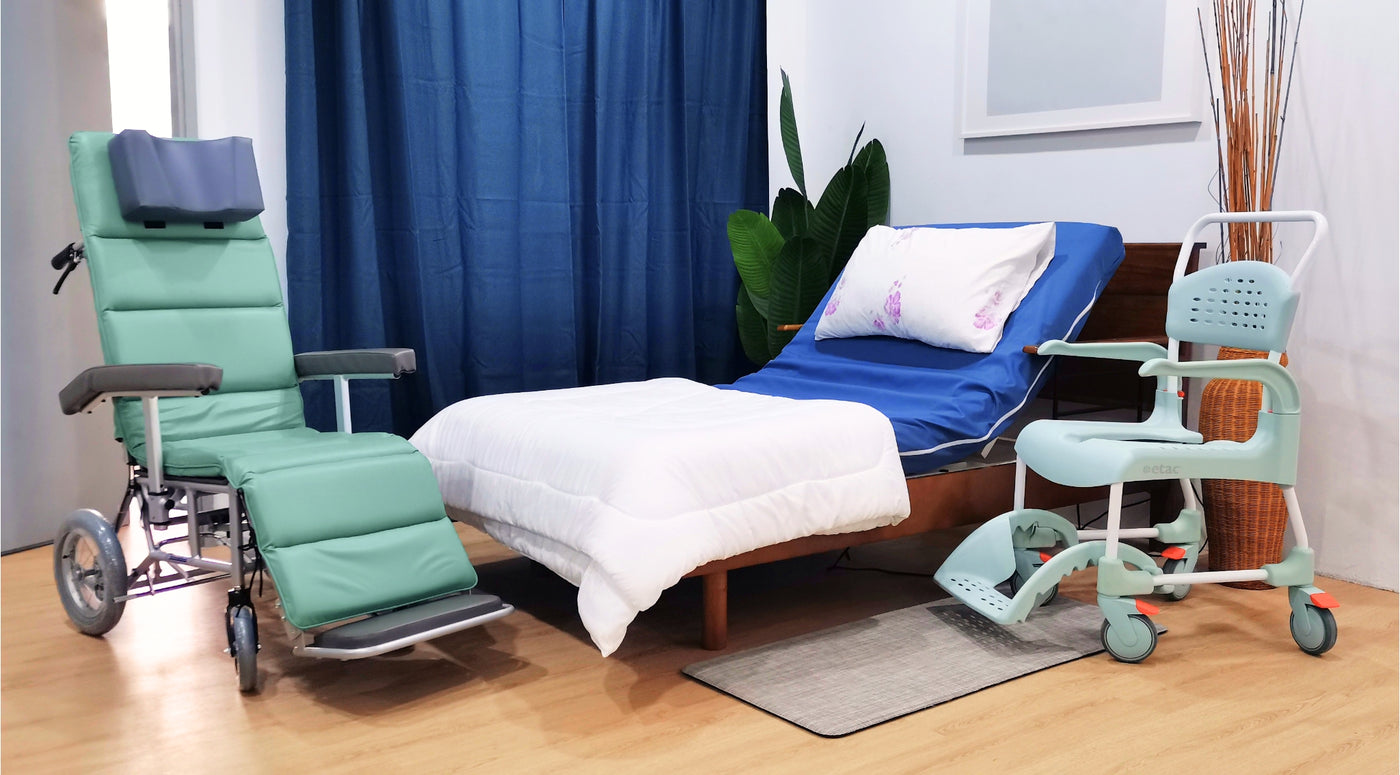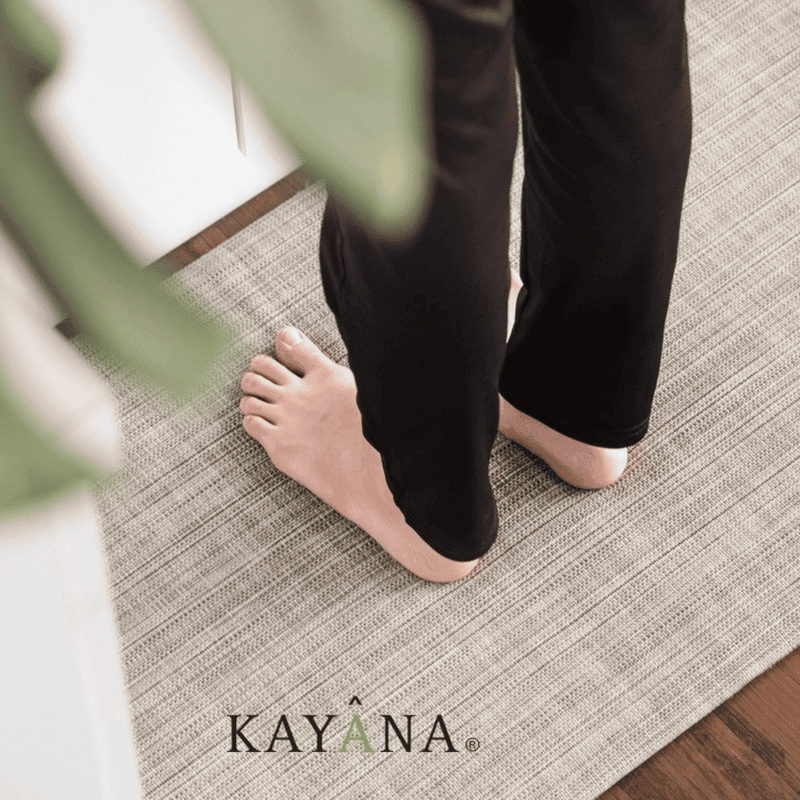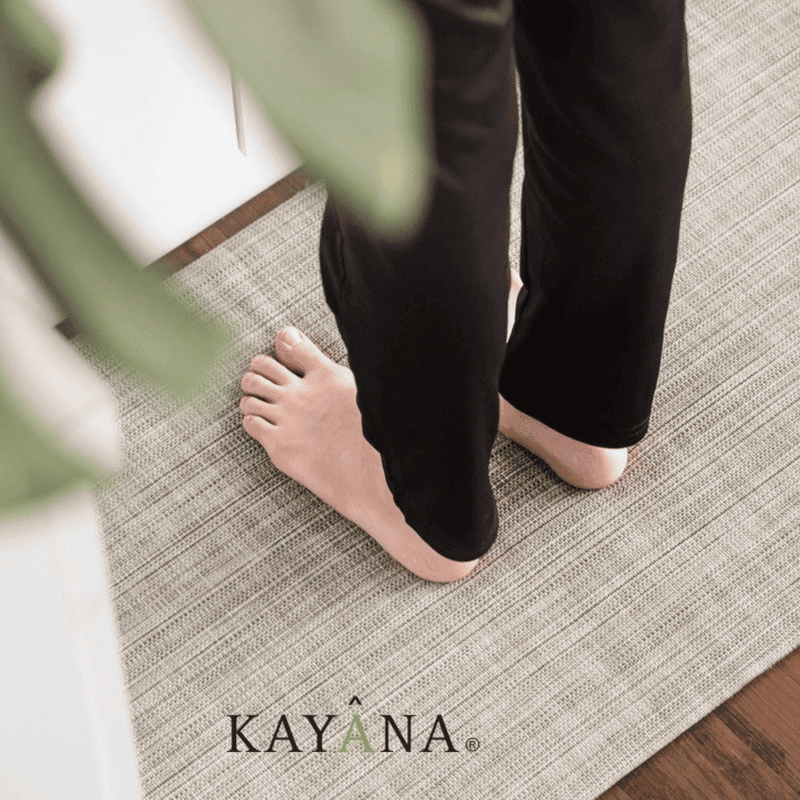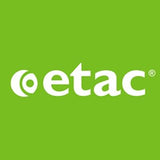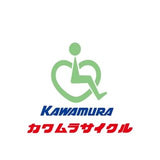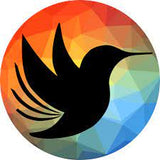4-in-1 Patient Transfer Roller Kit Board Type for Lateral Transfer Green EZ-110|EZ-GO
PRODUCT DESCRIPTION
The toughness can sustain patients while moving them between bed and wheelchair, and the softness makes patients comfortable during the process. Besides, the flexible board can be rolled into a small package, lowering the burden on patients and caregivers.
- Light-weighted and foldable
- Ultra-low friction feature
- Flame retardant
- Water-resistant
- Anti-microbial
PRODUCT FEATURES
1. Tough but Flexible
The board combines the comfort of a soft board and the sustainability of hardboard.
2. Easy to Store
The board can be wrapped into a roll, so it's easy to carry.
3. Thin and Light
The flexible board fits the patient's body. Light-weighted and foldable.
4. Best Helper for Patient Transfer
You can move patients to a particular location even when the bed is curved.
5. Improve Efficiency
You can quickly put the board under and pull it off from patient's body.
6. Multi-functional Accessories
The package bag and gloves can be used as the
patient transfer belt.
Why need a patient transfer tool?
Patient handling tasks are recognised as the primary cause of musculoskeletal disorders among the nursing workforce. Low Back Pain (LBP) is a regular occupational problem for nurses worldwide.
Patient‐handling tasks are typically performed manually and often repetitively, and include such movements as lifting, transferring and repositioning patients.
The US Bureau of Labour Statistics shows that nursing personnel are among the highest at risk for MSDs (musculoskeletal disorders)
Patient‐handling tasks most frequently associated with low back pain include lifting and forced, sudden or strained movements (such as those involved in patient fall interventions).
Continuous or repeated performance of these activities throughout one’s working lifetime greatly increases the chances of developing MSDs.
Research regarding the impact of musculoskeletal injuries on nurses has shown the following:
- 52% complain of chronic back pain
- 12% of nurses report that they have left nursing “for good” because of back pain
- 20% of RNs transferred to a different unit, position or employment because of lower back pain
- 38% of RNs have suffered occupational‐related back pain severe enough to require taking leave from work
- 6%, 8% and 11% of RNs reported changing jobs for neck, shoulder and back problems, respectively.


Features and Benefits
Product Specifications
Certification
Warranty
Shipping & Installation






















